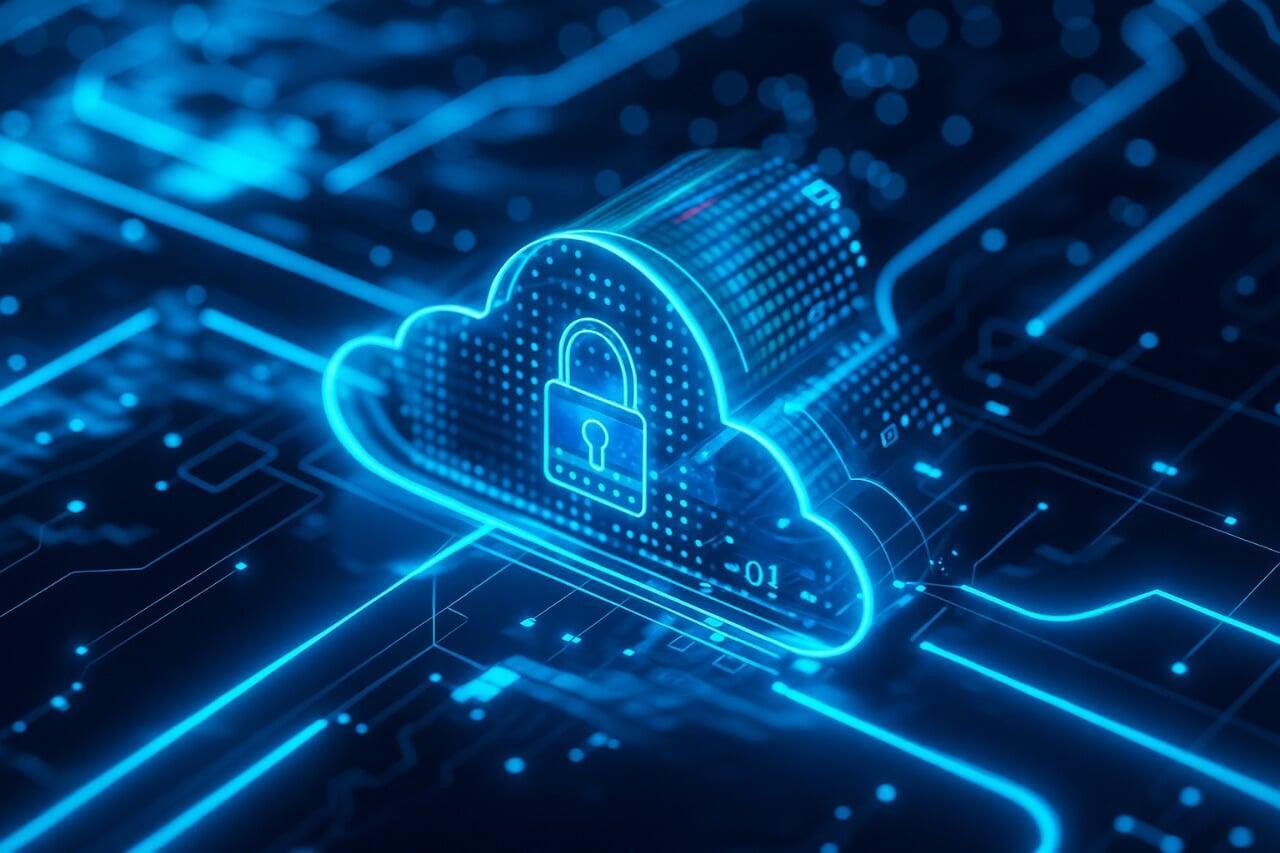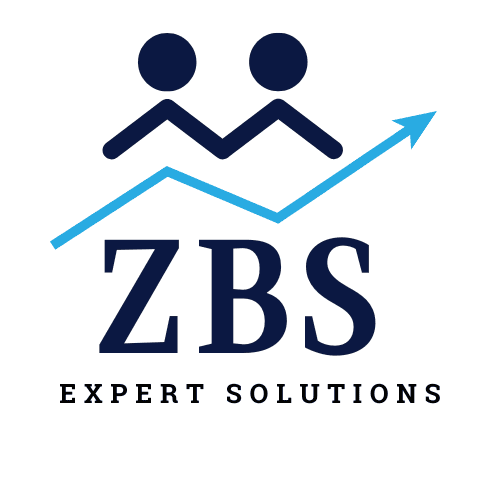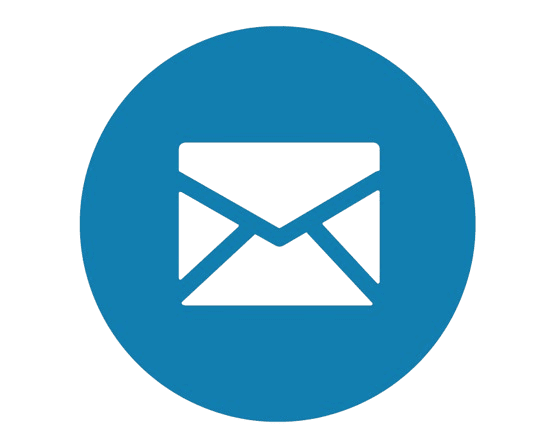
In recent years, the rise of SaaS applications has transformed the way businesses operate. From accounting platforms to customer relationship management systems, organisations rely heavily on SaaS software to manage critical processes. But as adoption grows, so do security concerns. Cyber threats are becoming more advanced, and protecting cloud-based platforms has never been more urgent.
By 2025, artificial intelligence (AI) is playing a central role in strengthening security across SaaS services, offering smarter, faster, and more adaptive protection than ever before. Let’s explore how AI is reshaping SaaS security and what businesses need to know.
The Growing Importance of SaaS Security
SaaS applications provide flexibility, scalability, and cost savings, which is why businesses of all sizes have embraced them. However, this shift has also attracted cybercriminals targeting cloud platforms to exploit vulnerabilities. Data breaches, phishing attacks, and ransomware incidents have highlighted the importance of building strong security frameworks around SaaS software.
Traditionally, organisations relied on standard cybersecurity tools like firewalls and password protection. While these measures still have value, they are no longer enough to defend against modern threats. By 2025, AI-powered solutions are becoming the backbone of SaaS security, enabling companies to respond proactively rather than reactively.
How AI Strengthens SaaS Security
AI brings several unique advantages to the world of SaaS services, making cloud security more dynamic and responsive.
1. Real-time threat detection
AI algorithms analyse massive amounts of data in seconds, identifying unusual activity within SaaS applications. For example, if a user logs in from an unusual location or attempts suspicious downloads, AI systems can flag or block the action instantly.
2. Adaptive learning
Unlike traditional security tools, AI doesn’t just follow static rules. It learns from new threats and continuously updates its models. This means protection for SaaS software becomes smarter with every attempted attack.
3. Automated response
AI-driven systems can take immediate action, such as locking compromised accounts or isolating infected files, without waiting for human intervention. This reduces response time and minimises damage.
4. Predictive analytics
AI can forecast potential vulnerabilities before they are exploited. For instance, it may detect patterns that suggest a phishing campaign is about to target a specific SaaS application, allowing companies to strengthen defences in advance.
Key Trends in SaaS Security for 2025
By 2025, AI is being integrated into nearly every layer of SaaS services. Some key trends include:
- Zero-trust frameworks: Businesses are moving beyond perimeter-based security, adopting zero-trust models that verify every user and device at all times.
- Behavioural analytics: AI tracks user behaviour to detect anomalies, such as an employee accessing sensitive files outside normal working hours.
- Enhanced data encryption: AI supports smarter encryption methods that protect sensitive information within SaaS applications while ensuring performance isn’t compromised.
- Cloud compliance automation: AI is helping companies meet regulatory standards automatically, reducing the risk of non-compliance penalties.
These advancements make it easier for organisations to rely on SaaS software without sacrificing security.
Benefits for Businesses
For companies adopting AI-driven security for SaaS applications, the advantages go far beyond risk reduction:
Peace of mind: Leaders know their critical data is monitored 24/7.
Cost efficiency: Automated AI tools reduce the need for large in-house security teams.
Stronger customer trust: Clients feel safer doing business with companies that protect their information.
Scalability: AI solutions grow with the business, securing additional SaaS services as needed.
These benefits make AI-powered protection an investment rather than an expense.
Preparing for the Future
While AI offers incredible benefits, businesses must also take proactive steps to strengthen security. This includes training staff to spot phishing attempts, enforcing strong password policies, and working with trusted providers of SaaS software who prioritise security.
It’s also vital to choose vendors who are transparent about how they implement AI in their security systems. Not all AI-driven tools are created equal, and organisations should look for solutions with proven track records in detecting and preventing cyberattacks.
Conclusion
As reliance on SaaS applications grows, so does the need for advanced security. By 2025, AI-powered protection is no longer optional—it’s a necessity for businesses that want to stay secure and competitive. From real-time threat detection to predictive analytics, AI is reshaping the future of SaaS services, making them safer and more resilient.
For organisations that rely on SaaS software, adopting AI-driven security measures is the smartest way to protect data, ensure compliance, and build customer trust. The future of SaaS security is here—and it’s powered by AI.




